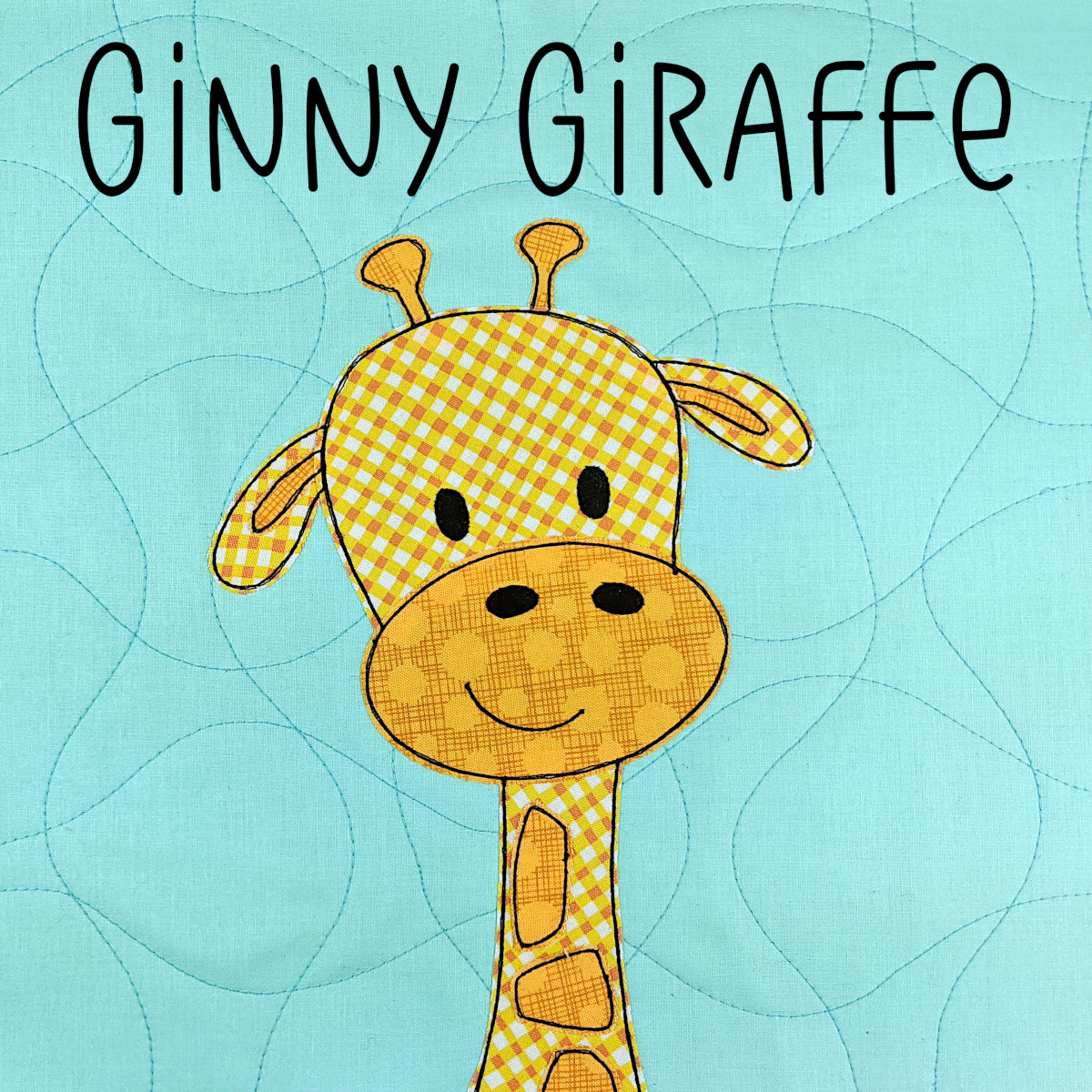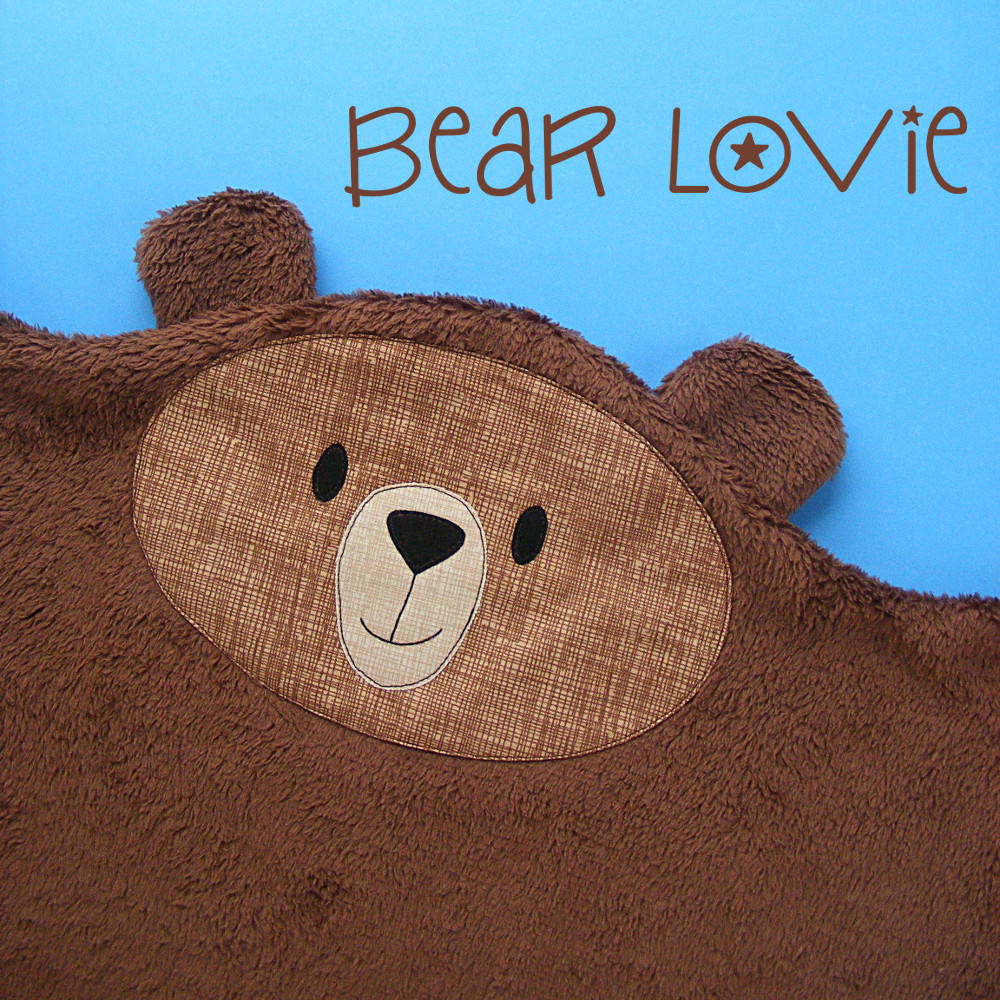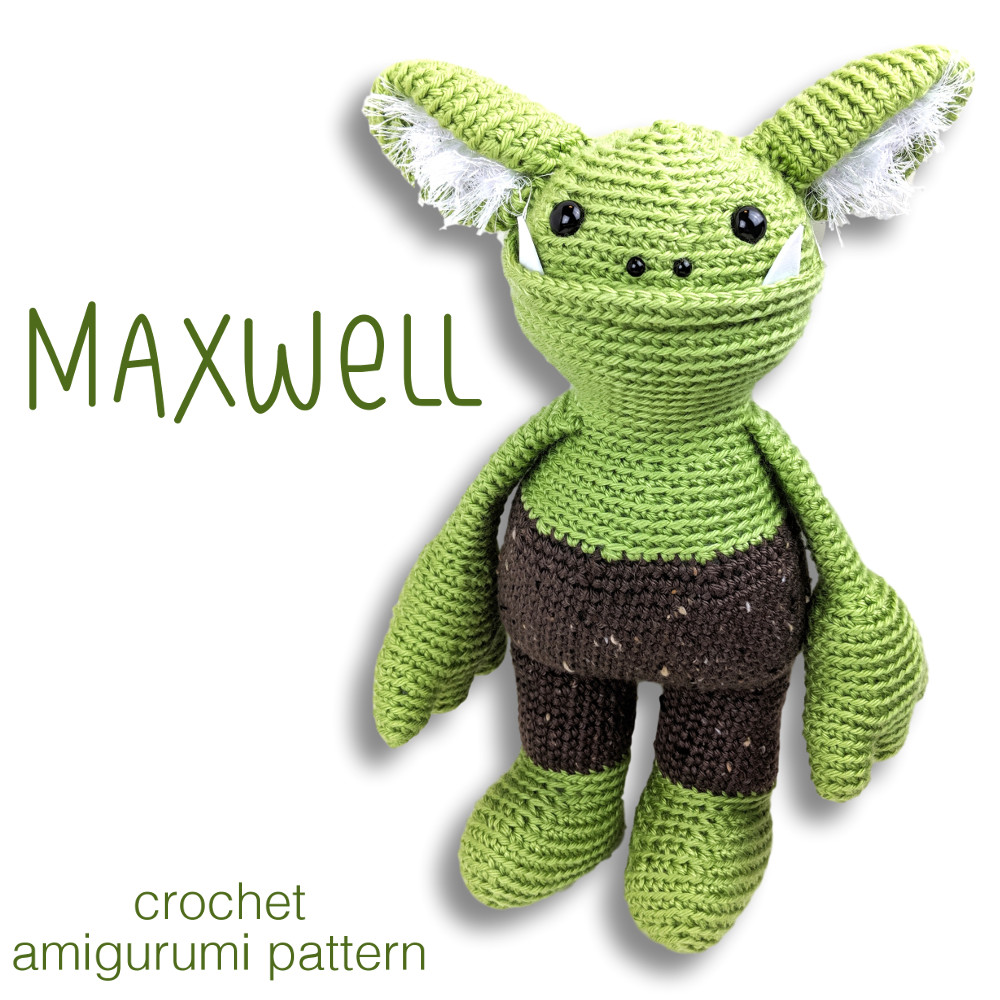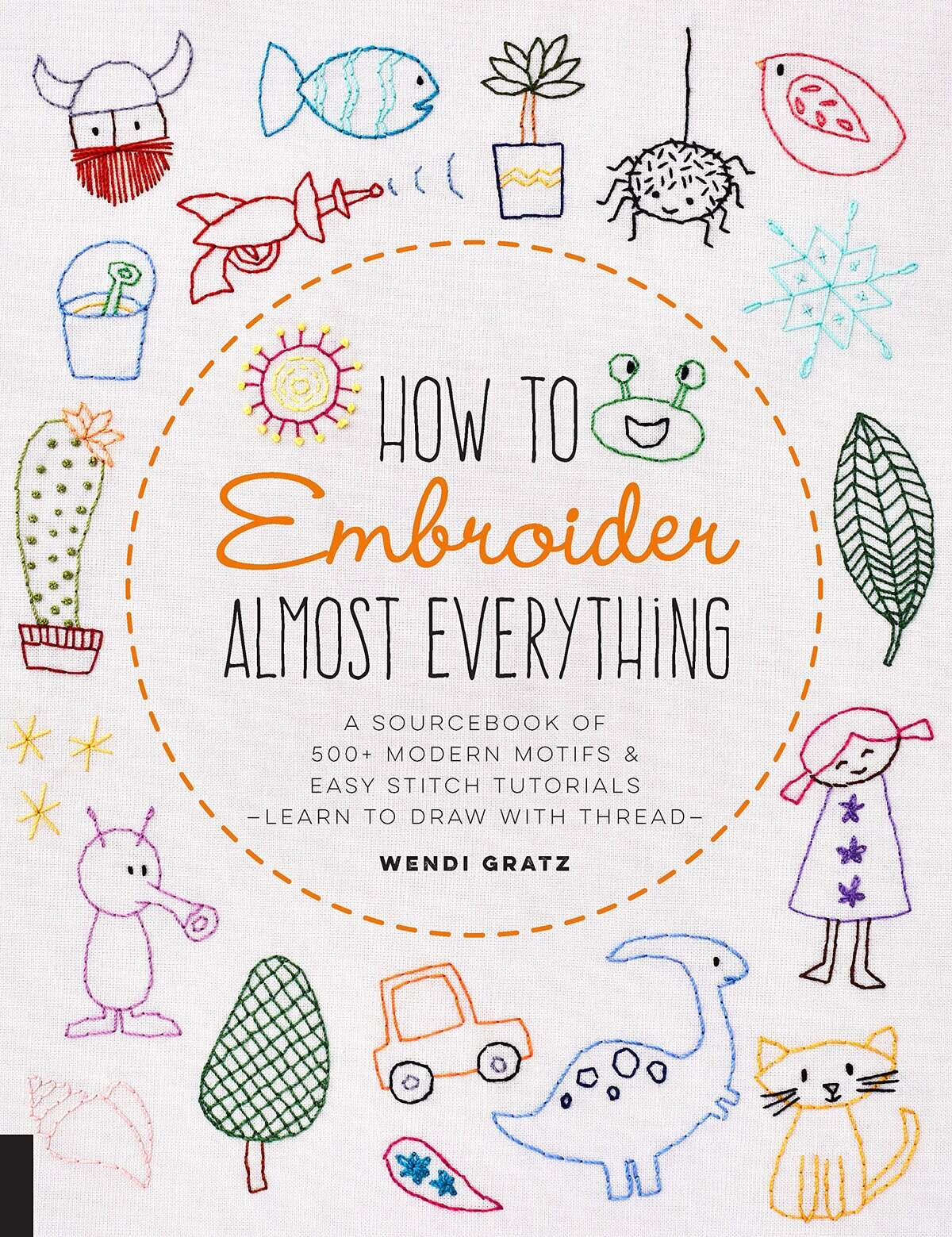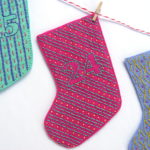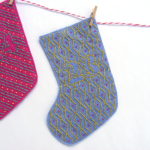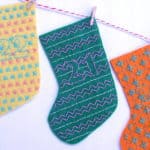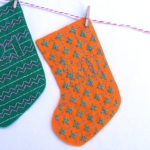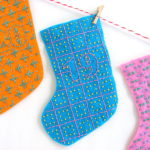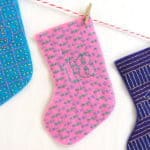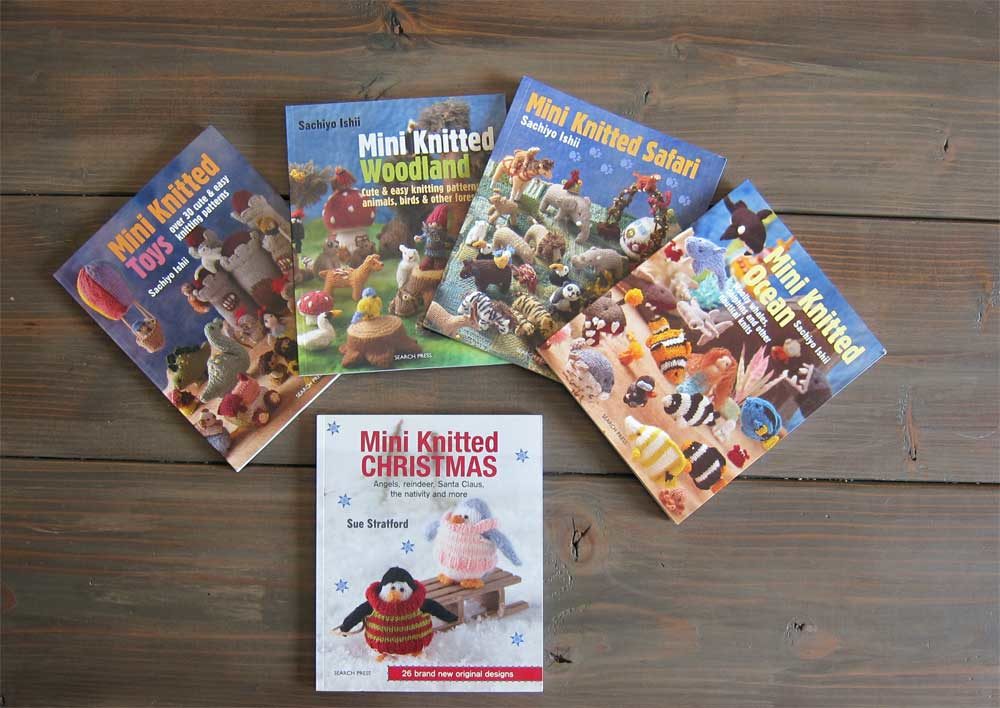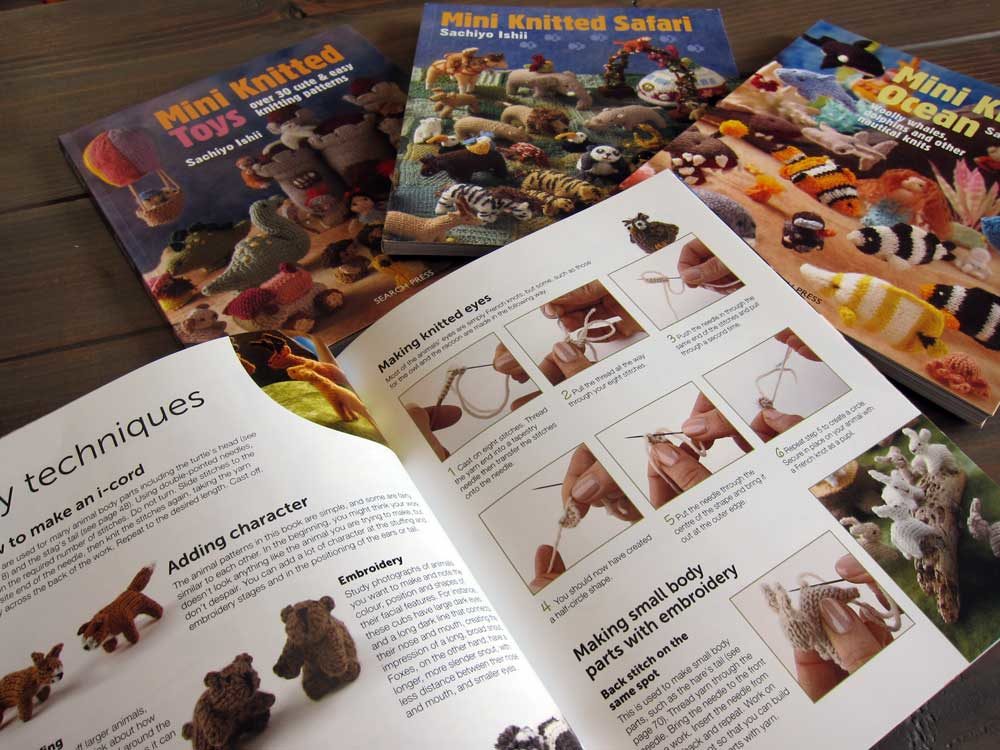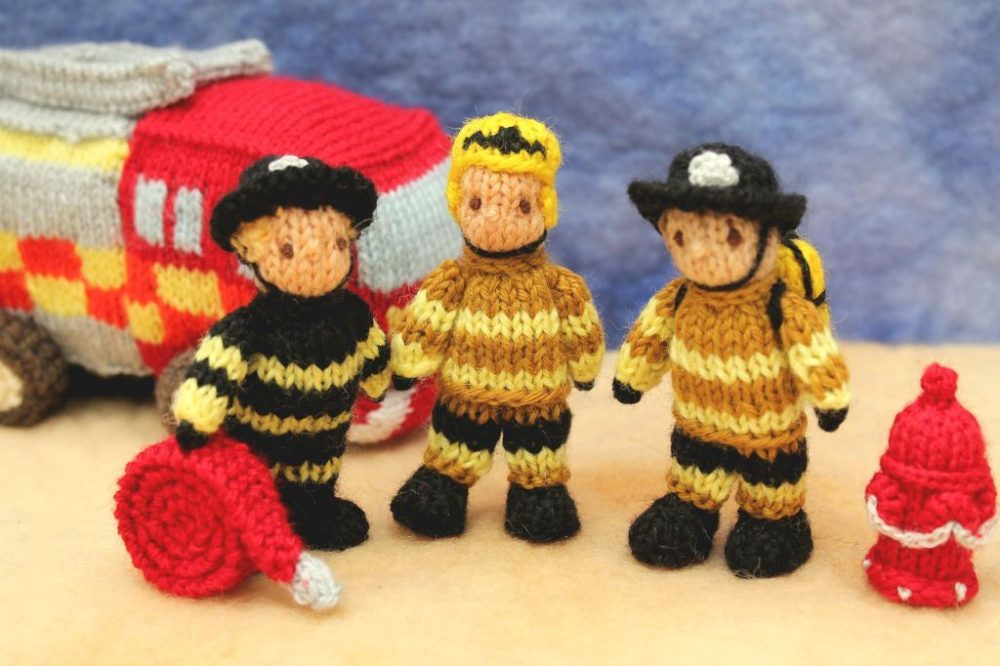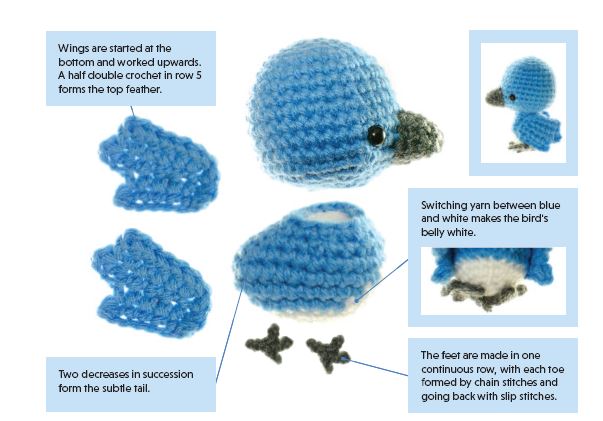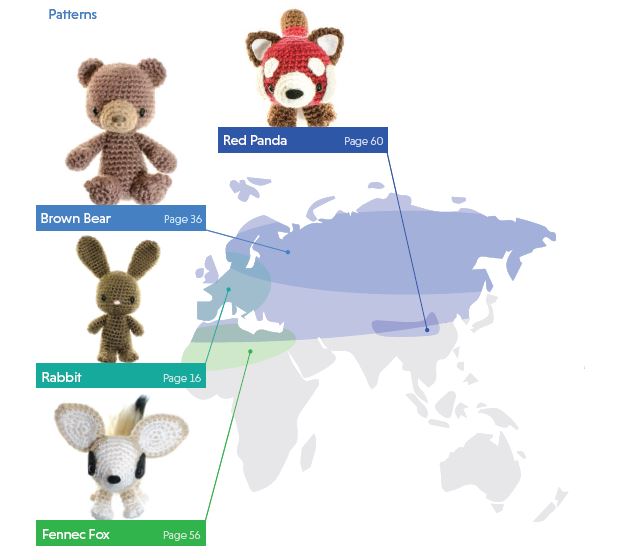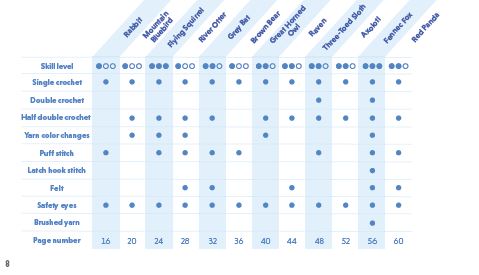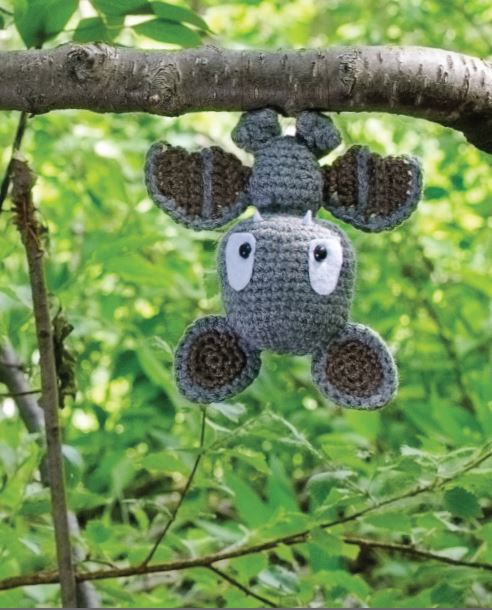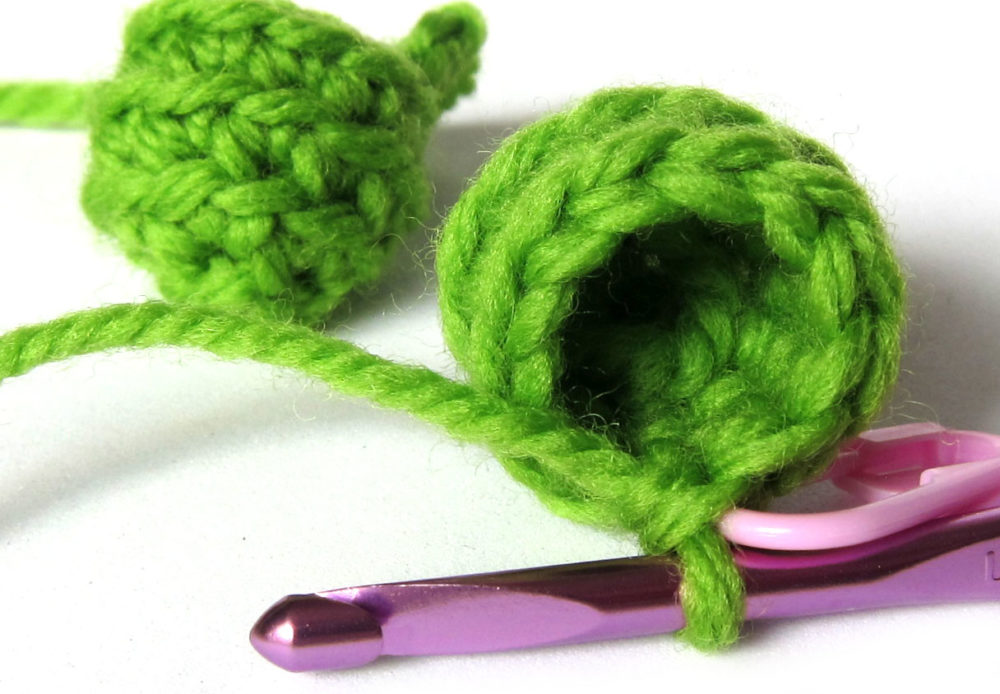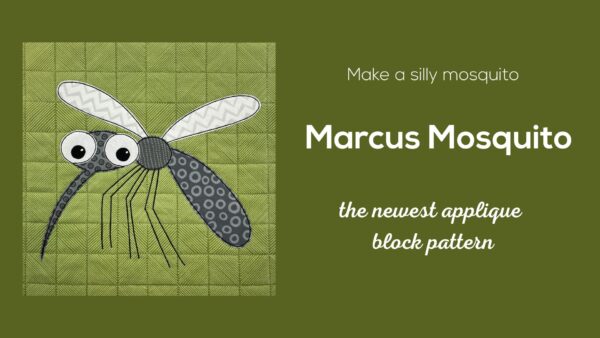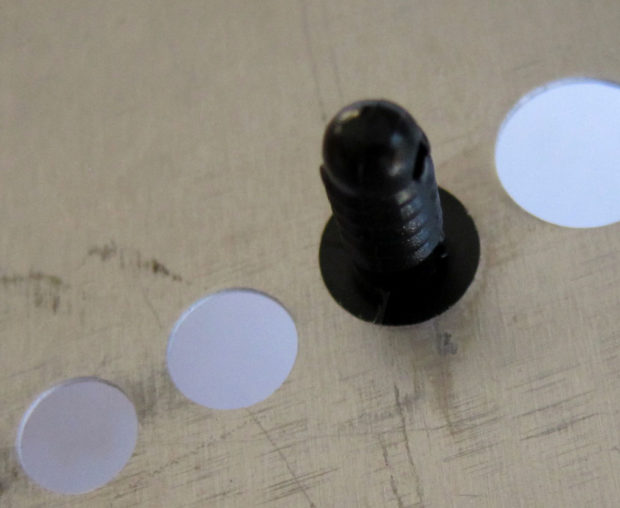I’ve been stitching away at the Mini Stockings Advent Calendar and I’ve been getting a lot of questions about it. I thought I’d pull together all of my answers in one handy place. 🙂
How big are the stockings?
They’re definitely mini stockings. Each stocking is about 4 inches wide and 5 inches tall – at the widest and tallest points. The “leg” of the stocking is 3 inches wide. I made sure it was big enough to slip in a gift card. Maybe one of the goodies is a gift card for a movie night?
How long do they take to stitch?
It depends on the design. Some take me only an hour. Some take more like three hours. And I’m a fairly slow and careful stitcher.
How hard is the stitching?
Really easy. Even if the pattern looks complex, it’s actually made of very simple stitches. And the fact that they’re stitched on a grid makes it soooo easy to get perfectly spaced stitches – even if you’ve never embroidered before.
What’s that filmy stuff on the felt?
That is Sulky Sticky Fabri-solvy – my very favorite embroidery supply. You print the pattern onto it, peel off the paper back, and stick it to the felt. Then you stitch right through the felt and the stabilizer. When you’re done stitching you soak it in cold water and it dissolves away. It’s pure magic. I have a post here that shows in more detail how awesome it is for working with felt.
Is every stocking a different pattern?
Yes – you’re getting a total of 25 different geometric patterns.
Why is there a sheet of plain grid paper in the pattern?
That’s so you can use the same geometric patterns in other designs. Like maybe stitch a monogram letter filled in with your favorite pattern? Or the silhouette of a favorite animal? Or trace a cookie cutter, use brown felt, and stitch the design in white thread like icing?
Do I have to stitch the numbers? I’d rather use the little stockings as gift tags/tree ornaments.
Of course not! The pattern also includes a page of three stocking with just the grid – no numbers.
Can I machine sew the stocking front to the back?
Yes! Just use a simple straight stitch and matching thread, and stitch really close to the edge.
Can I get those tiny clothespins?
Yes! You can get them here.
Where did you get that red and white twisted cord?
I got it at Joann’s a few years ago and I use it for all my ornament hanging loops. It was in the section of cotton yarn – the stuff people use to knit or crochet dish cloths.
Can you show some examples of the designs in different colors?
Sure. I’m using the Tutti Frutti felt and thread bundles for my samples, but I stitched up a couple of individual stockings in other colors for you to see.
These two use felt from the Enchanted Forest felt bundle with white thread. I thought that would be a really nice “snowy woods” kind of collection. 🙂 And the first stocking (the white thread on Tahitian sunset felt) looks just like gingerbread to me. A whole set done as gingerbread stockings would be terrific!
I also love these classic red and white stockings. Easy peasy! Red thread on white felt. 🙂
I haven’t had a chance to stitch up samples yet, but I also think these would look great in this Frosty Pastels palette.
What are some ideas to fill the stockings?
The sky (and three inches!) is the limit. 🙂 Candy or small toys would be great. A little note in each stocking with a favorite family activity would be fun. Maybe a little pack of cocoa and the name of a favorite Christmas book to read aloud. I’ll post this to the Shiny Happy People group and see if other have fun family traditions they can share.
I hope that answers all your questions! If you have any others, just ask and I’ll add the answers to this post. 🙂
Get your Mini Stockings Advent Calendar pattern here and stitch along with us!
Happy stitching!

